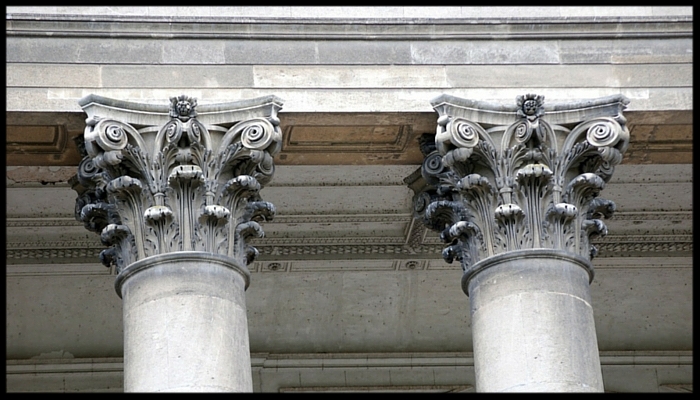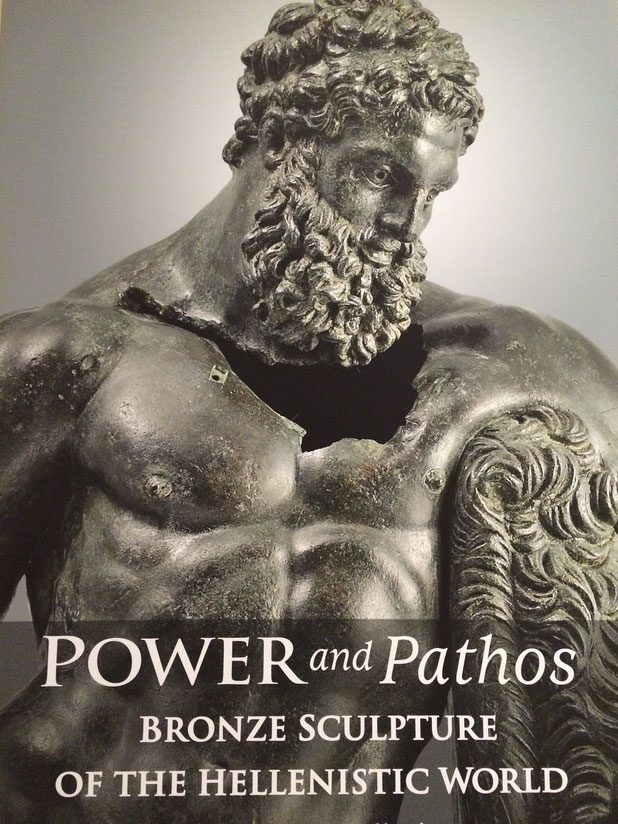Museums · 11-23-2016
Anne Patterson’s captivating installation, Pathless Woods references a line from a Lord Byron poem – “There is a pleasure in the pathless woods, There is a rapture on the lonely shore. . . " The interactive experience, currently at the Ringling Museum, encourages visitors to find their own path through a forest of ribbons. Each ribboned path takes you on a different journey of sounds, colors, and light. Patterson describes the feeling as, “swimming through color.” Consisting of over...
Activities · 07-13-2016
Once upon a time, I worked for a historic preservation organization. I attended many tours and social events in historic properties not usually open to the public. Traveling to these events was entertaining and informative because my colleagues would point out various house styles and identify architectural features. They would get excited about such features as, roof forms, paint colors, windows, porch supports, and decorative details. I learned a lot and often think of them whenever I see an...
Music · 04-04-2016
April is a wonderful month – spring is in the air, trees are showing their leaves, birds are chirping, and everyone feels more energized. It’s the perfect time of year for Jazz Appreciation Month (JAM). Created at the National Museum of American History, JAM encourages everyone to participate in jazz. You can celebrate by learning more about one of the jazz legends whose birthday falls in April: Duke Ellington, Bessie Smith, Billie Holiday, Ella Fitzgerald, Johnny Dodds, Lionel Hampton,...
Museums · 02-02-2016
The Brown v. Board of Education National Historic Site has much to offer visitors interested in the history of civil rights. It is located in the former Monroe Elementary School, one of four segregated elementary schools established for African Americans in Topeka, Kansas, and it is the only national park named after a United States Supreme Court case. Visitors learn how Brown v. Board of Education ended legal segregation in public schools and how “the doctrine of ‘separate but equal’ has...
Museums · 01-14-2016
Power and Pathos, the exhibit of bronze sculptures at the National Gallery of Art in Washington D.C., is remarkable. Fifty bronze sculptures, dating from the 4th century BC to the 1st century AD, capture the “dynamic realism, expression, and detail that characterize the new artistic goals of the era.” Innovations from a distant time still seem relevant today and offer inspiration for prolonged viewing and future exploration. Only a small fraction of ancient bronzes survives because most...
Activities · 01-04-2016
Roy Lichtenstein, Bull VI, Bull V, Bull IV, Bull III, Bull II, and Bull I from the Bull Profile series, 1973, linecut, lithograph and screenprint







